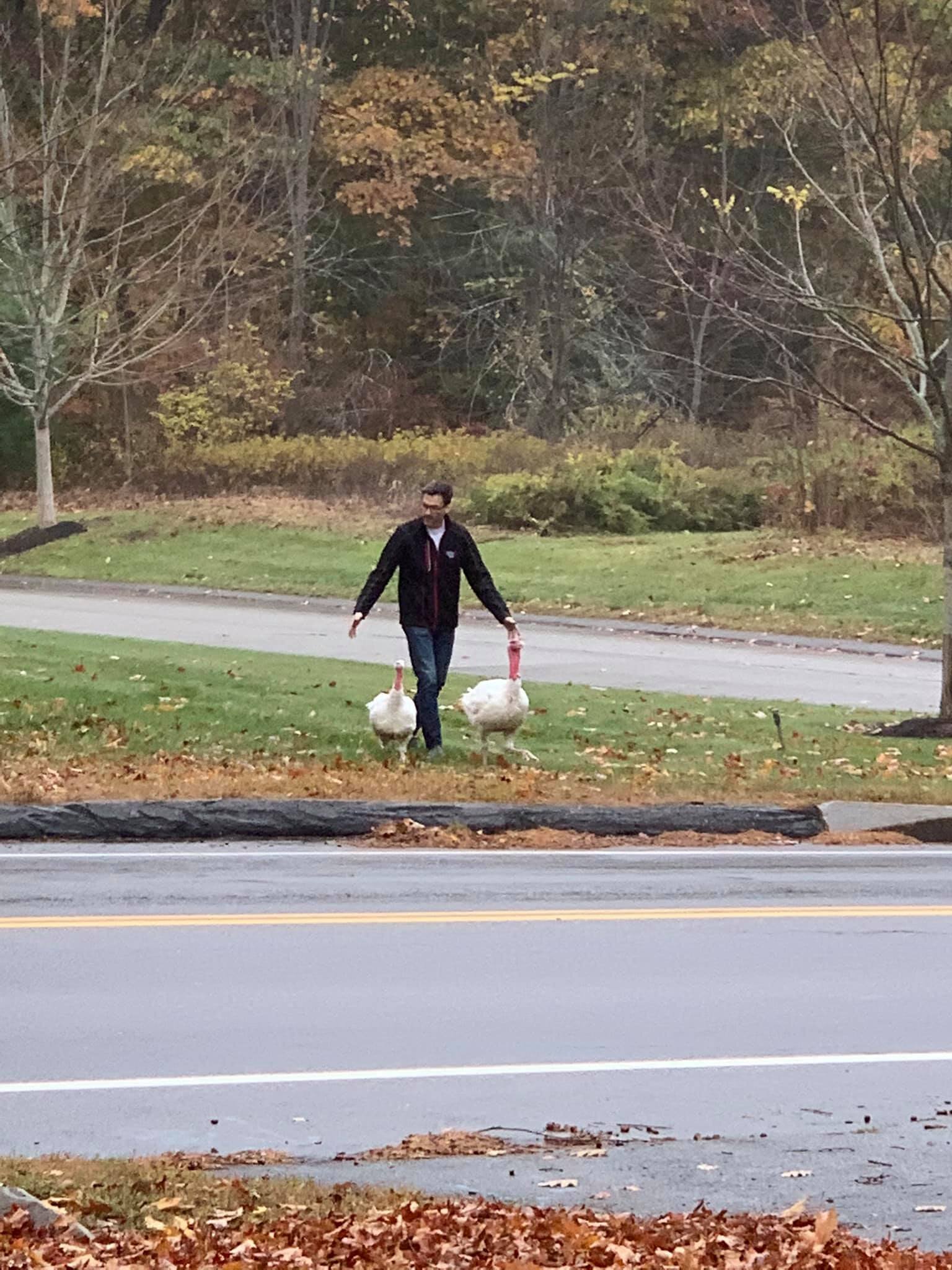The leftover bucket
/
Growing up, I always thought of my mother as a fantastic cook.
She worked full time as a nurse throughout my entire childhood, and still somehow always managed to have a meal on the table for us at night. Not to mention the myriad of other things done to take care of the household. At some point in the early 1980's, she was a participant in the Mrs. Georgia pageant, right down to the swimsuit on the runway. My mother can kick June Cleaver's ass without breaking a sweat, is what I'm saying.
She has also always been extremely frugal. She was raised in the tiny little hamlet of Blue Ridge, Georgia, in the post World War II days. Her father worked in the copper mines, and her mom kept four kids and the house running. It would've been a sin to let anything go to waste that had a shred of usefulness left in it.
In our freezer, my mother kept a big, empty ice cream tub. (I never knew where the ice cream went. I certainly never ate it. But we were never short on the big plastic tubs when we needed them).
Whatever she cooked, she cooked a lot of it. Often, there was a crockpot involved. Or one of those big electric skillets that you could set to "low" and walk away from. There were three kids in the house, and she had a busy schedule. We probably ate more than our fair share of lasagna, stroganoff, pot roasts or bean soup. It was also the 70's, so there were a lot of food that entered our kitchen in small, colorful boxes, or things that ended in "Helper".
Whatever we didn't eat after the second night re-heat went into the big empty ice cream tub, and back into the freezer. It might be the leftover green beans. Or some spaghetti sauce. Or a crusty end of meat loaf. Or maybe some of that bean soup. Over the course of a month or two, you could pull the tub out and look at the strata of leftovers of different colors and textures, like some sort of geological artifact in miniature.
When it approached the handle of the tub, my mother would declare that the next day we would be eating leftover soup.
I hate leftover soup.
The tub would sit out on the counter, lumpy & covered in a little layer of hoarfrost with an occasional English pea or browned crusty onion (was that an onion? I think that was an onion) breaking the surface. This would be dumped into the crock pot once it had loosened up a bit. She'd add a can of something from the pantry - this also varied. Sometimes diced tomatoes. Maybe cream of chicken/mushroom/celery. If there hadn't been enough solids in the leftover tub that month, she'd toss in a half bag of frozen mixed vegetables. (not the good kind. The ones that all tasted like penguin ass for having been left in the deep freeze section of Sav-a-lot for 6 years before being marked down as a 'must sale' item). Whatever it "looked like it needed".
A couple of cans of water to leven things off at the brim, and it would slowly meld together into soup while we were all out at school or work or wherever
Remarkably - whatever had gone into the leftover tub all month, the soup always looked and tasted the same.
And it wasn't good.
It was too thick to be a soup. Too thin to be a stew. It was always reddish. It always had things you didn't expect to find in it. Like kidney beans with your peas. Or corn with your stroganoff noodle. Or a hint of what I can only assume was the original rainbow sherbert that had been in the bucket.
My brother still swears he liked this soup. My brother has always been a little off.
Years later, I was in my parent's house over a long weekend, and they were headed out to some other prior engagement. (Which was odd in itself. They pretty much swore off of "prior engagements" when they retired and moved to the hills of Tennessee a few years back). Despite the fact that I had lived and fed myself successfully as an adult for a couple of decades, my mother was worried that I wouldn't be able to find and create some form of sustenance out of whatever groceries were in the kitchen.
"There's a leftover bucket in the freezer," she called as they backed out of the garage. "Make yourself some soup."
*shudder*
No thanks, Mom. I'll find something else to tide me over.

















